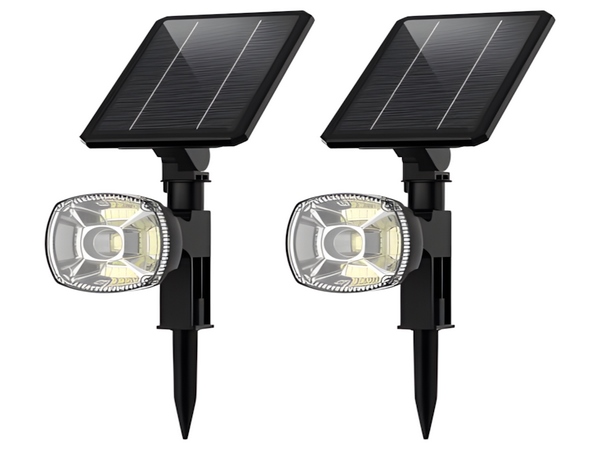

Strong and professional LED street lights exist with various issues such as single switch control, inaccurate lighting time, difficult inspection, untimely fault handling, and uncontrollable lighting rates. These issues lead to high energy consumption and maintenance costs for the street light system.
Municipal street light illumination is generally managed by local government departments responsible for installation and maintenance. For example, local street light management offices handle electricity costs, which are overseen by the finance department. Due to the differing functions of these two departments, there are no dedicated personnel responsible for energy management of street lights. Even with the recent phenomenon of street light contracting, energy management remains rudimentary and lacks scientific methods. We can observe that “intermittent lighting” is implemented where newly installed street lights shine only in parts or a stretch of road has multiple control points, utilizing compensation by increasing the capacity of the compensation capacitor. Various energy-saving methods have been applied but have yielded limited results. Furthermore, the “intermittent lighting” measure poses risks to traffic and personal safety. This approach is merely a common reaction to persistent high electricity costs.
During the global energy crisis of the 1970s, Japan’s Ministry of Finance called for experiments with intermittent lighting in factories, offices, and on roads, resulting in decreased productivity, office efficiency, and a surge in crime and traffic accidents. This initiative was entirely abandoned within a year amidst widespread opposition. Clearly, this negative approach to energy-saving is not advisable. The concept of “saving electricity while ensuring effective illumination” is scientific and reasonable, highlighting the increasing prominence of the issue of combining energy efficiency with urban lighting, given the growing number of street lights.
An LED solar street light lighting distribution system serves as an example. Through energy-saving renovations, it aims to address issues like power grid pollution, unstable voltage, and high electricity expenses, effectively extending the lifespan of the fixtures and reducing street light electricity costs. This contributes to creating an energy-efficient society and achieving the goal of an energy-saving city.

Strongly engaged in researching, developing, producing, and selling solar and LED outdoor lighting, we have years of production experience and advanced equipment. Our products guarantee quality, offer reasonable prices and configurations. For inquiries about LED solar street light prices, customers are welcome to contact our online customer service.



